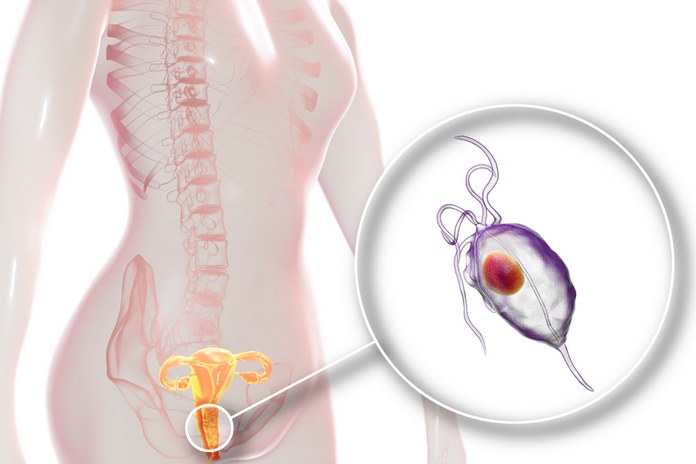Trichomoniasis
Trichomoniasis is an STI or (sexually transmitted infection) – some also reffing as sexually transmitted disease – caused by the Trichomonas vaginalis parasite. This parasite lives in the urethra, bladder, and prostate in men, and in the vagina, cervix, and uterus in women. (1)
It is estimated that 3.7 million people in the United States have trichomoniasis, but many people don’t know they have it because it often doesn’t cause any symptoms. It is common and prevalent non-viral STI in the United States. It is most common in young women, but it can affect men and women of any age.

The infection can cause serious health problems. Although it is not typically fatal, trichomoniasis can cause extensive damage to the reproductive system and lead to other health complications. In pregnant women, this disease leads to preterm labor, low birth weight babies, and even death. Trichomoniasis is a serious illness that should be treated as soon as it is diagnosed. Symptoms of trichomoniasis can include vaginal discharge, genital itching, burning during urination, and pain during sex. The infection can be treated with antibiotics, but it is important to get tested and treated for trichomoniasis because it can increase the risk of other sexually transmitted infections.

